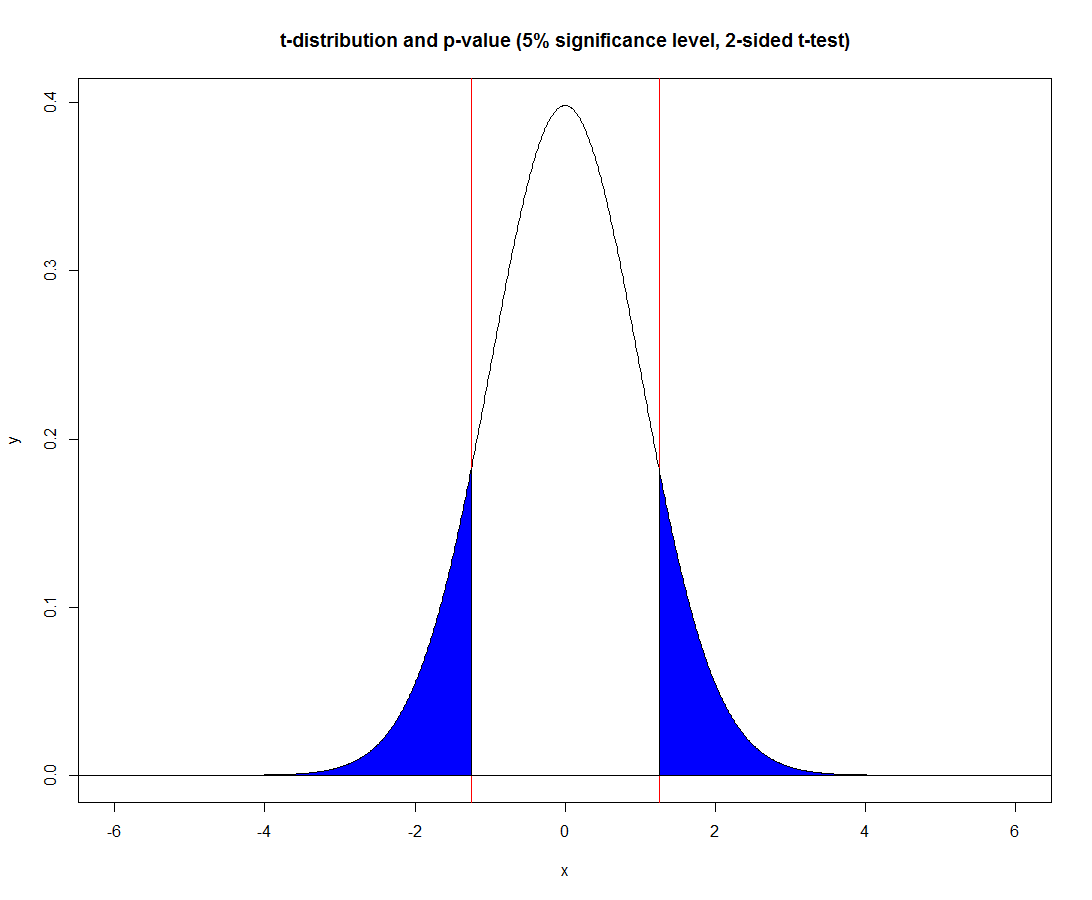I did a linear regression for a two tailed t-test with 178 degrees of freedom. The summary function gives me two p-values for my two t-values.
t value Pr(>|t|)
5.06 1.04e-06 ***
10.09 < 2e-16 ***
...
...
F-statistic: 101.8 on 1 and 178 DF, p-value: < 2.2e-16
I want to calculate manually the p-value of the t-values with this formula:
p = 1 - 2*F(|t|)
p_value_1 <- 1 - 2 * pt(abs(t_1), 178)
p_value_2 <- 1 - 2 * pt(abs(t_2), 178)
I don't get the same p-values as in the model summary. Therefore, I want to know how the summary function Pr(>|t|) is different from my formula, as I can't find the definition of Pr(>|t|).
Can you help me? Thanks a lot!

